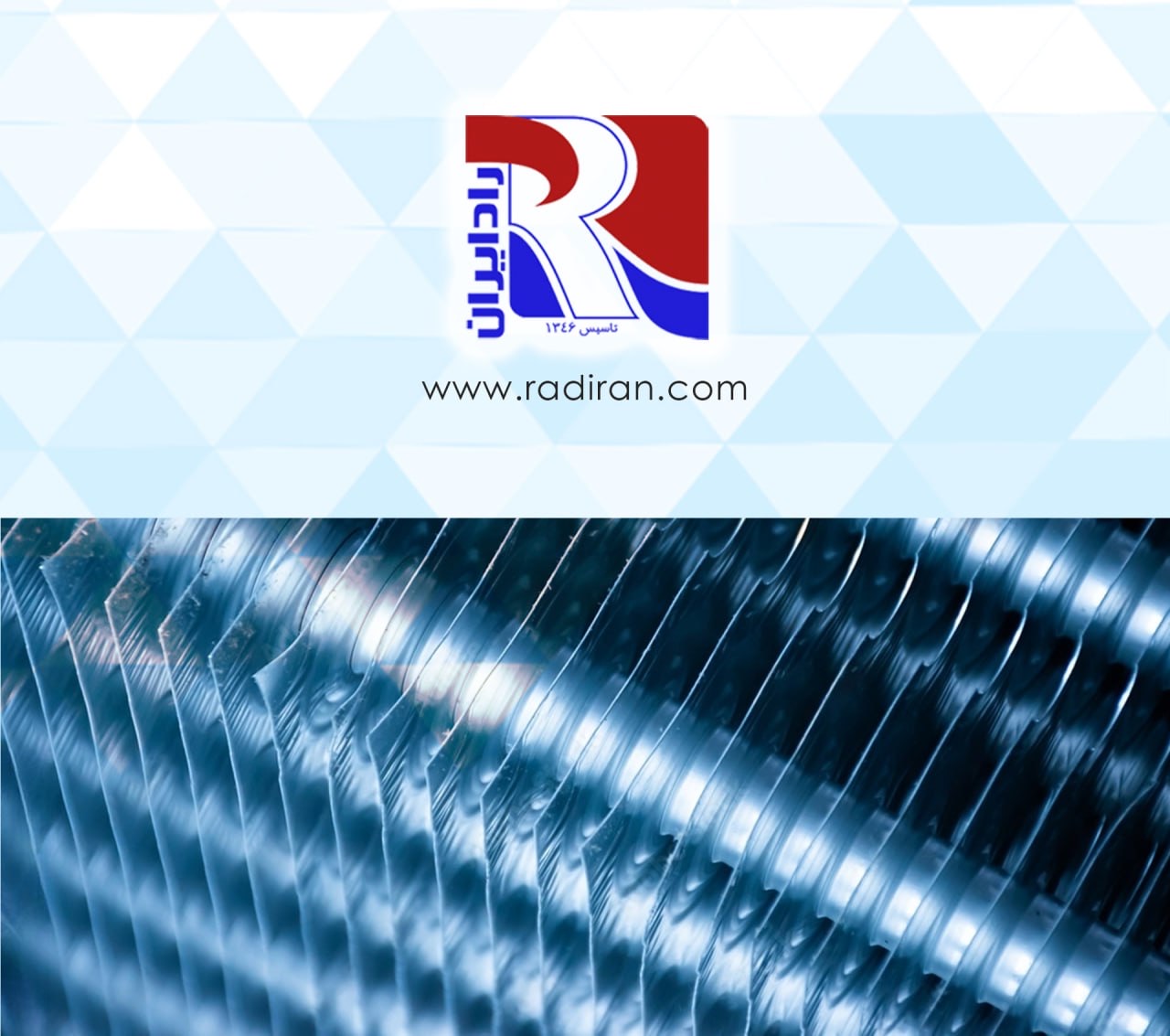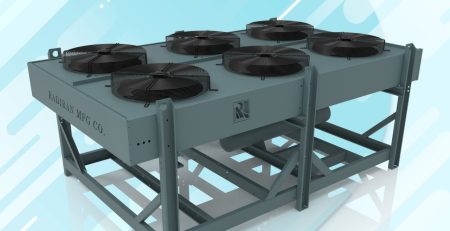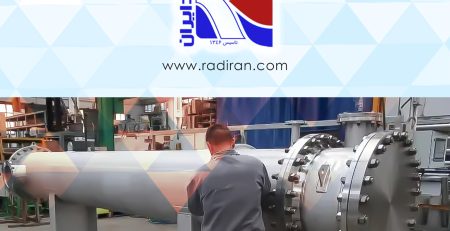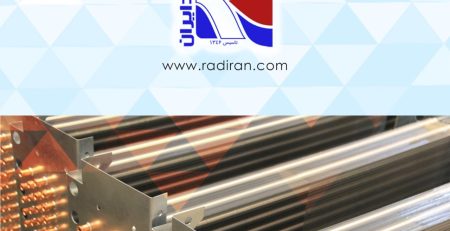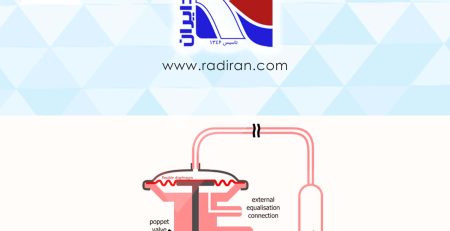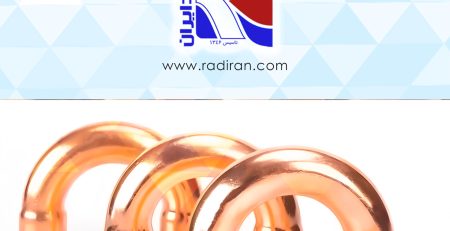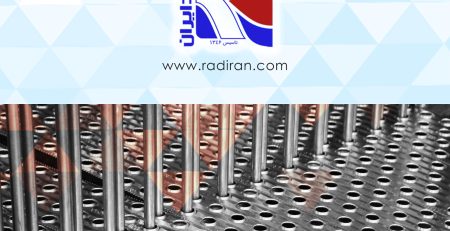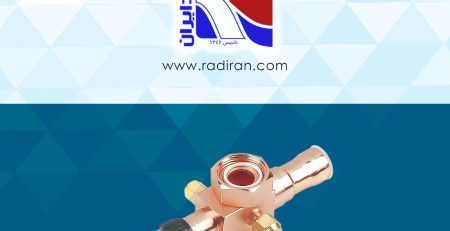Impact of fins on coil’s efficiency
Aluminum fins are an important component in heat exchanger coils, enhancing thermal efficiency by increasing the surface area for heat transfer. The efficiency of a coil largely depends on the design of the fins used. Fins with greater surface area and those that promote turbulence typically offer better heat transfer efficiency. Different types of aluminum fins impact the efficiency of coils in various ways:
1. Plain Fins: These are the most basic type of aluminum fins, featuring a flat, smooth surface. While they provide a good balance of cost and performance, their efficiency is lower compared to other designs because they have less surface area and can accumulate dirt and debris more easily.
2. Corrugated Fins: Corrugated fins are characterized by their wavy surface, which increases the surface area compared to plain fins. This design enhances heat transfer efficiency by improving air turbulence around the fins, which helps in better heat dissipation. They also resist fouling to some extent due to the increased airflow, making maintenance easier.
3. Louvered Fins: These fins have small, louver-like cuts along their surface. The louvered design maximizes airflow disruption, significantly improving heat transfer rates by increasing turbulence. Louvered fins are particularly effective in applications where high efficiency is critical, though they may be more prone to clogging and require regular maintenance.
4. Perforated Fins: Featuring numerous small holes, perforated fins facilitate enhanced airflow through the fin surface, which can improve heat transfer efficiency by reducing air resistance and promoting better heat exchange. They also help in reducing the weight of the coil, which can be advantageous in specific applications.
5. Wavy Fins: Similar to corrugated fins but with more pronounced and varied patterns, wavy fins increase the contact area and enhance turbulence, which boosts heat transfer efficiency. The complex shapes can trap more air, providing better thermal performance.
The choice of fin type also involves considerations like manufacturing cost, ease of cleaning, and application-specific requirements. For instance, in environments where dust and debris are prevalent, a balance must be struck between high efficiency and ease of maintenance. Hence, the optimal fin design often depends on the specific operational context and desired balance between performance and practicality. Radiran, with over 50 years of experience, can manufacture coils with plain, wavy, corrugated and louvered fins with automatic machinery and expert staff.

